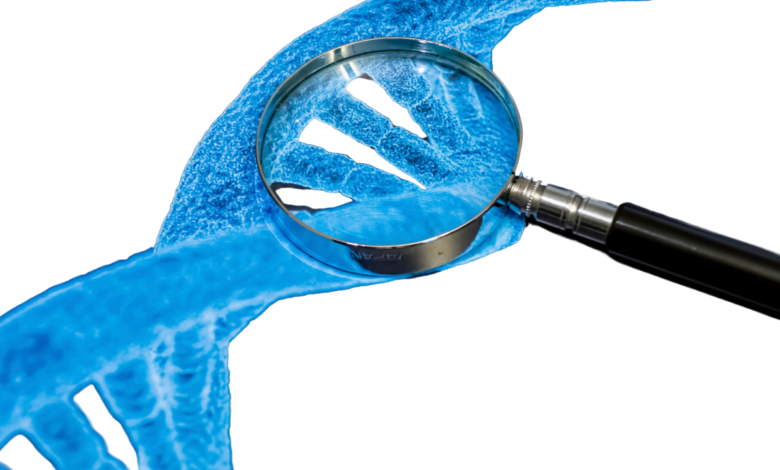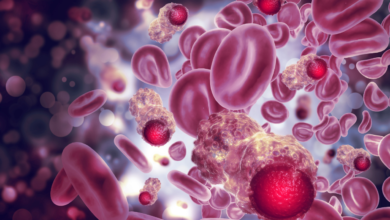Copy Number Variation (CNV) Analysis

What is Copy Number Variation (CNV) Analysis?
Copy Number Variation (CNV) analysis is a genetic test that examines the number of copies of specific DNA sequences within a person’s genome. These variations can range from deletions, where a portion of DNA is missing, to duplications, where a segment of DNA is present in multiple copies.
Why Copy Number Variation (CNV) Analysis is required?
CNV analysis is used for various purposes, including:
- Genetic disorders: CNVs have been linked to numerous genetic disorders, such as autism spectrum disorder, intellectual disability, and certain types of cancer.
- Personalized medicine: Understanding a person’s CNV profile can help tailor medical treatments and predict drug responses.
- Forensic analysis: CNV analysis can be used for identification purposes in forensic investigations.
- Research: CNV analysis is a valuable tool for studying genetic variation and understanding the underlying causes of diseases.
Which are the method of Copy Number Variation (CNV) Analysis?
Several methods can be used for CNV analysis, including:
- Array Comparative Genomic Hybridization (aCGH): This method compares a patient’s DNA to a reference DNA sample, identifying differences in copy number.
- Quantitative Polymerase Chain Reaction (qPCR): This technique measures the amount of DNA present for a specific gene or region, allowing for the detection of CNVs.
- Next-Generation Sequencing (NGS): NGS can analyze the entire genome, providing a comprehensive view of CNVs and other genetic variations.
Who should go for Copy Number Variation (CNV) Analysis?
Individuals who may benefit from CNV analysis include:
- People with unexplained developmental delays, intellectual disabilities, or genetic disorders
- Those with a family history of genetic conditions
- Individuals undergoing genetic testing for specific diseases
- Researchers studying genetic variation and disease susceptibility
What are the results of Copy Number Variation (CNV) Analysis?
CNV analysis can identify:
- Deletions: Regions of DNA that are missing
- Duplications: Regions of DNA that are present in multiple copies
- Inversions: Regions of DNA that are flipped in orientation
- Complex CNVs: Combinations of deletions, duplications, and inversions
The significance of CNVs can vary depending on the specific region affected and the individual’s overall genetic makeup.
What are the components of Copy Number Variation (CNV) Analysis?
CNV analysis typically involves:
- DNA sample: A blood or tissue sample is collected from the individual.
- DNA extraction: The DNA is extracted from the sample.
- CNV detection: One of the methods mentioned above is used to identify CNVs.
- Interpretation: The CNV results are analyzed and interpreted by a genetic counselor or other qualified healthcare professional.





